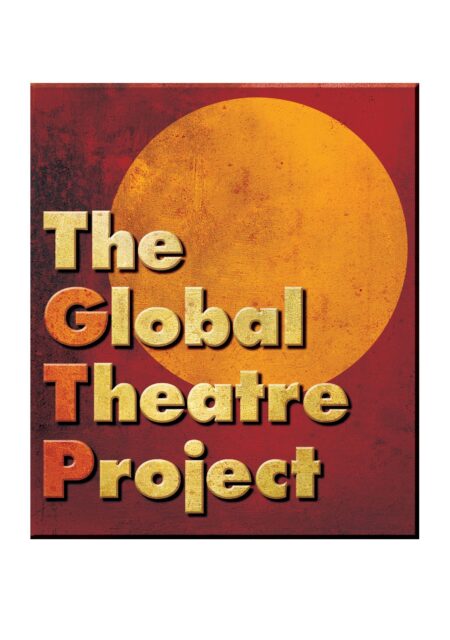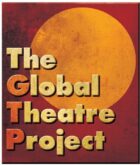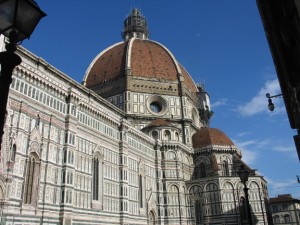The GTP Diaries: #01
Politics and Art
I remember, several years ago, I had a student in Creative Campus named Georges. Georges was from Egypt and studying international law at the European University in Florence. He wasn’t an artist. But he was curious and passionate and he had an immediate understanding of the impact artistic experiences and collective experiences have on society. He became very involved in a great deal of what we did.
One of his projects, which he created with a girl from the states, was in response to our Creative Campus project ‘the effects of the global economy on the environment.’ This was a theme one of the local professors was interested in seeing developed creatively and I was intrigued as to what the kids would come up with. Georges and his friend stood in front of the Duomo (the main cathedral of Florence) and handed out a small sheet of paper to passersby in three languages with facts about the effects of smog from over abundant tourism on the over 500 year old architectural wonder. Then they photographed the responses of people to the paper . . . reading it, throwing it into a ball, discussing it with others. And these photographs along with their narrative of direct responses to them became their installation at our event.
What struck Georges and his partner most was a comment of an elderly Florentine man who read the paper, looked at them with tears in his eyes, and thanked them for bringing attention to something of such importance which, in his lifetime of living in his city, he had never heard asked before.
A few weeks after the presentation we had a Creative Campus gathering with an important local artist, Marco Fallani, who was speaking about the commitment to a creative life and a creative society. Georges asked why it was that when dictators come into power they kill the artists first.
Little did Georges know that his creative inquiry in front of the Duomo was a part of the answer to his question. Or, as Robert Frost so aptly put it:



